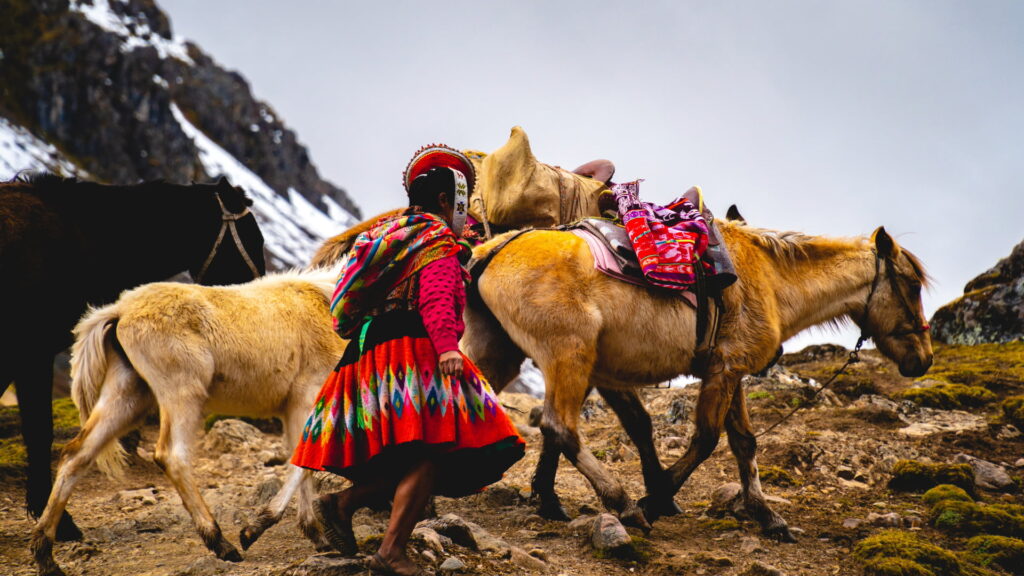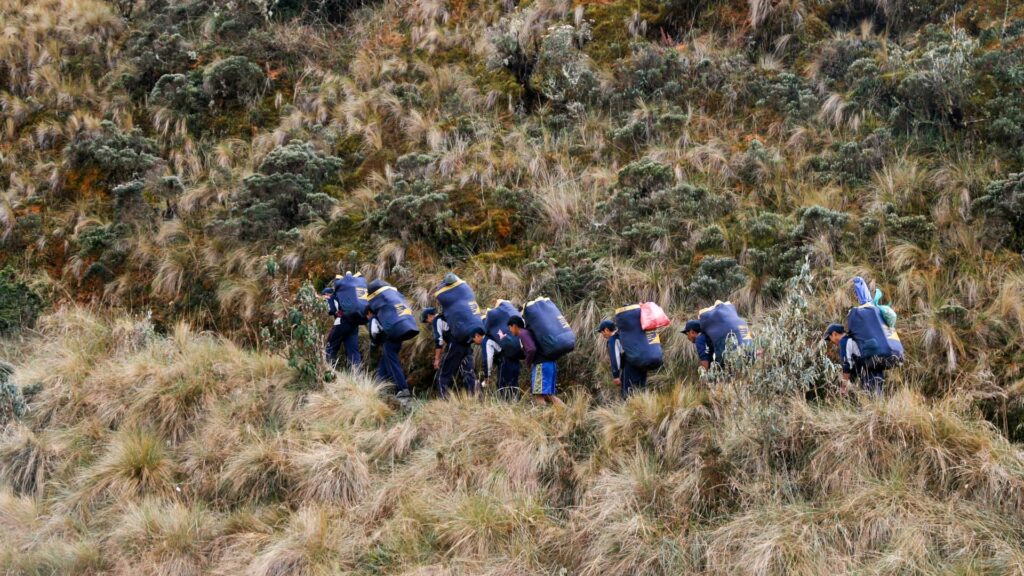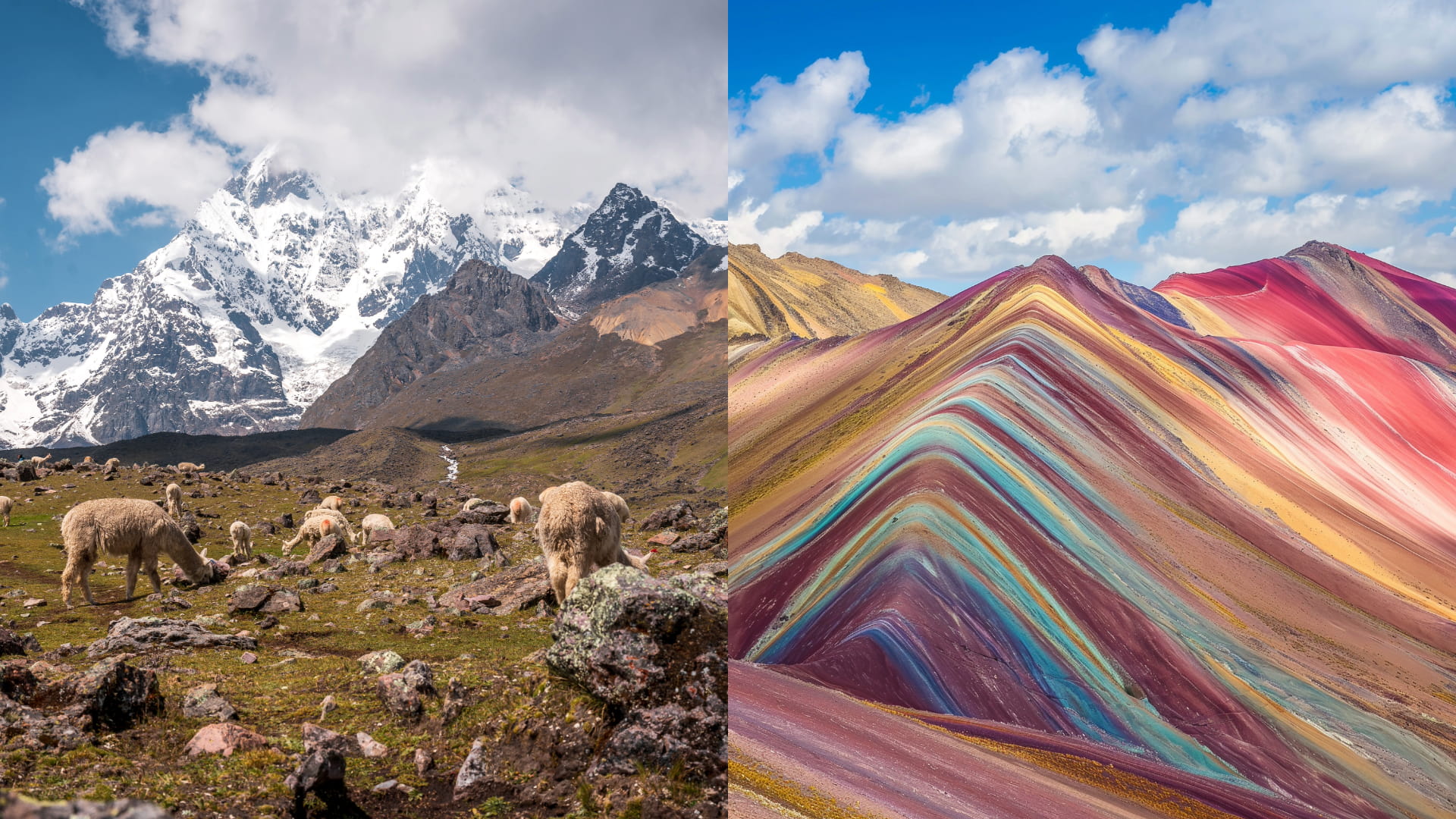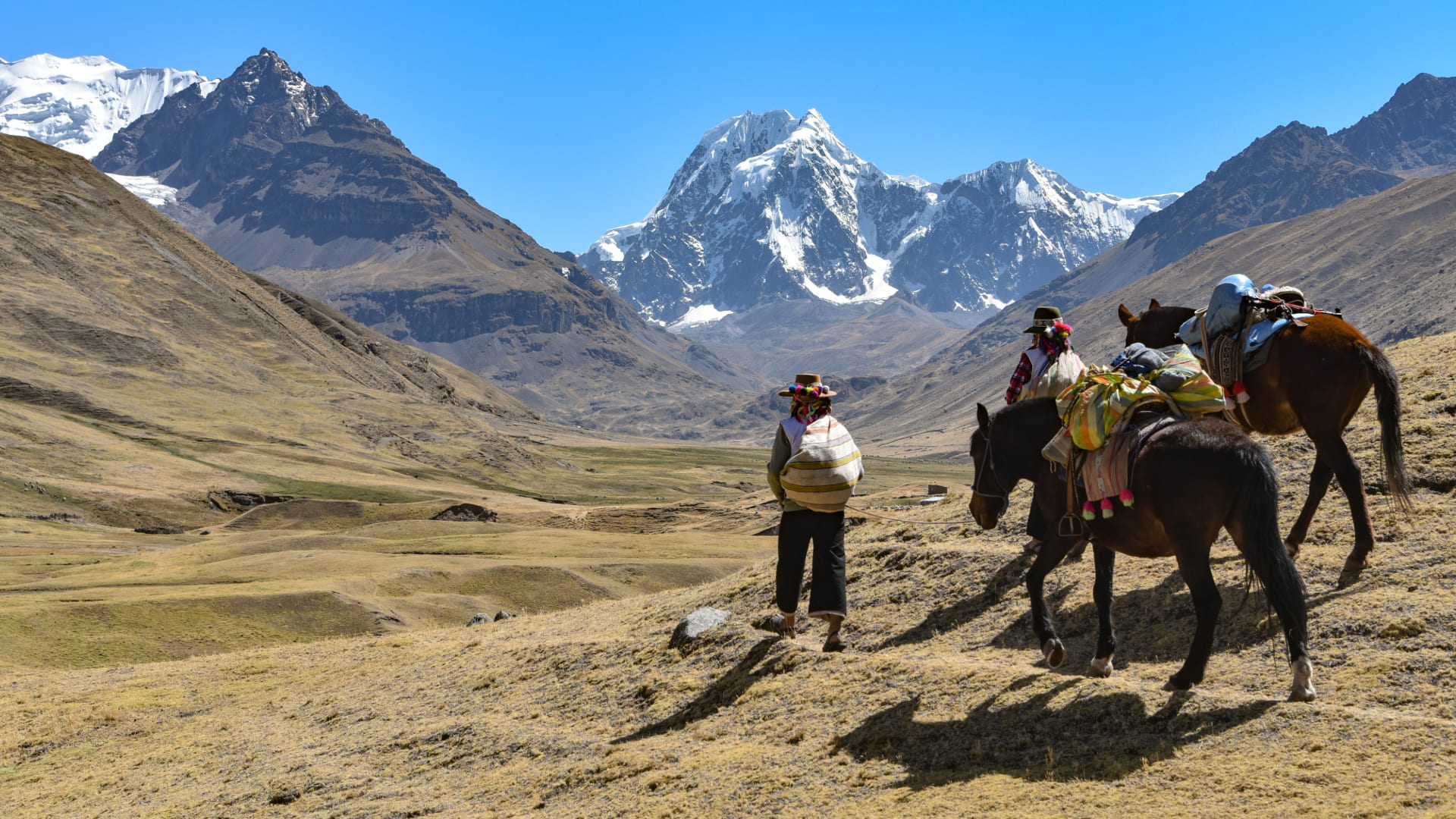Imagine the moment you first see Machu Picchu. It is the result of not just your effort, but the work of a dedicated team. Understanding tipping in Peru is key to honoring that effort. This practice is a way to express gratitude and directly support the local economy and the families who make your adventure possible. Many of these workers, particularly the incredible mountain teams, rely heavily on gratuities. As part of our commitment to responsible and sustainable tourism, Peru Hikers provides this clear guide. You should feel prepared, confident, and respectful when acknowledging the exceptional service you receive throughout your journey. This guide will provide the specific amounts, etiquette, and protocols you need for a genuine, conscience driven experience.
Why Tipping in Peru is a Cultural Necessity on Treks
Tipping in Peru goes beyond a mere financial transaction; it is a fundamental part of the country’s service culture. For our most popular expeditions, such as the The Legendary Classic Inca Trail and the Salkantay Trekking , gratuities are a vital part of the staff’s income. Our guides and chefs are experts, dedicated to your safety and comfort. They are passionate explorers themselves, but their income depends on fair and respectful compensation. Knowing when and how much to tip is essential, especially when dealing with the large support teams on multi day hikes. On a long trek, your crew often includes a head guide, an assistant guide, a chef, and numerous porters. An expert perspective: We always recommend pooling your tips as a group and presenting it in a short, formal ceremony on the final night. This collective presentation is a deep sign of respect, ensuring every team member is recognized directly for their service. This practice upholds the community-focused traditions of the Andes.

| Team Role | Recommended Tip (Per Traveler) | When and How to Tip |
|---|---|---|
| Head Guide | $10 – $15 USD per day | Final morning/evening, presented personally. |
| Assistant Guide | $7 – $10 USD per day | Final morning/evening, presented personally. |
| Porters / Arrieros | $5 – $8 USD per day | As a group, distributed by the Head Porter on the last night. |
| Chef / Kitchen Staff | $8 – $12 USD per day | Presented as a group to the Chef on the last night. |
The Etiquette of Tipping on Multi Day Treks

The logistics of tipping a mountain crew can be challenging, but a well organized plan ensures fairness. The most important rule for tipping porters and chefs is to do it collectively on the final night of the trek. On longer expeditions, such as the Ausangate 4 Day Trek , there may be specific protocols for the porters’ farewell. The best strategy is always to communicate with your Head Guide. They can advise you on the proper social and cultural timing for the distribution of funds. For example, the porters on the Inca Trail often say goodbye after the last campsite, making that the ideal time for the group tip. An expert perspective: Never hand a tip directly to an individual porter or chef until the final farewell. This can disrupt the delicate social dynamic of the team and create friction. The Head Porter ensures the equitable division among the entire crew. For your convenience, keep the currency in crisp Peruvian Soles (PEN) whenever possible. While US dollars are accepted, soles are much easier for local team members to use and exchange. Always be respectful and genuine when presenting the tip, looking each recipient in the eye.
- Porters/Support Staff: The single most important tip is for the Porters. They carry the majority of the gear, including tents, food, and your personal duffel bag.
- Guides: They are responsible for your safety, interpreting the history, and managing all logistics. Their service is the foundation of your adventure.
- The Chef: Our chefs work miracles in mountain tents! They provide delicious, high-quality meals, often three times a day, plus tea time and snacks.
Tipping Beyond the Trail: Restaurants, Drivers, and Day Tours
While the trek team receives the largest and most formalized tips, you will encounter other service professionals throughout your Peruvian journey, from Cusco to the Sacred Valley. Understanding the local norms for day to day services will enhance your experience.
Guidelines for Day-to-Day Tipping in Peru:
- Restaurants (High-End/Tourist): A 10% service charge is customary and often included in the bill. If it is included, no further tip is required, though rounding up is appreciated. If service is exceptional and the charge is not included, leave 10% in cash.
- Restaurants (Local/Casual): No tip is usually required. Simply round up the bill or leave small change. An expert perspective: When enjoying one of the many fantastic, small ‘menú’ restaurants in Cusco’s South Valley, simply leaving the equivalent of $1 USD will be greatly appreciated.
- Taxis/Ubers: Taxis do not expect a tip. Negotiate the price before entering the taxi. For Ubers, rounding up to the nearest Sol is considered polite.
- Day Tour Guides: For day tours, such as a Full Day Sacred Valley Tour or the Short Inca Trail & Sacred Valley: 3-Day Tour , tipping is highly encouraged. A good rule of thumb is $5–$10 USD per person for a full-day experience.
- Hotel Porters: For luggage handling at hotels, tip the porter 5 Soles (about $1.50 USD) per bag.
Tipping in Peru is an expression of deep cultural respect. By following these guidelines, you ensure that your transformative expedition supports the local communities and acknowledges the exceptional professionalism (Your Ultimate High Altitude Training Plan Peru Treks ) of the people who call the Andes home.
Ready to plan your safe, authentic, and responsible adventure? Learn more about our ethical practices on our official facebook page.




